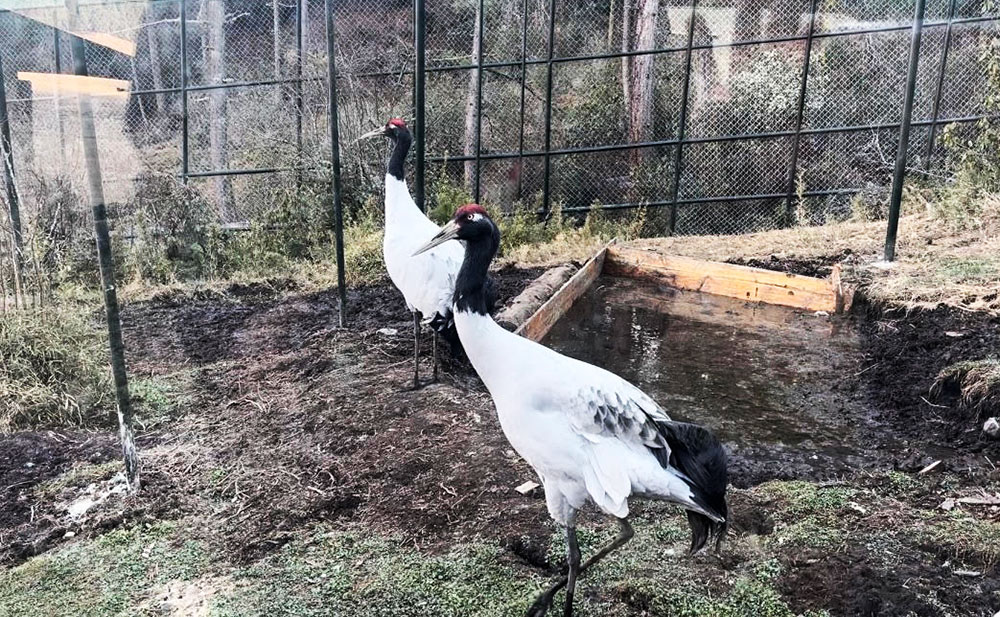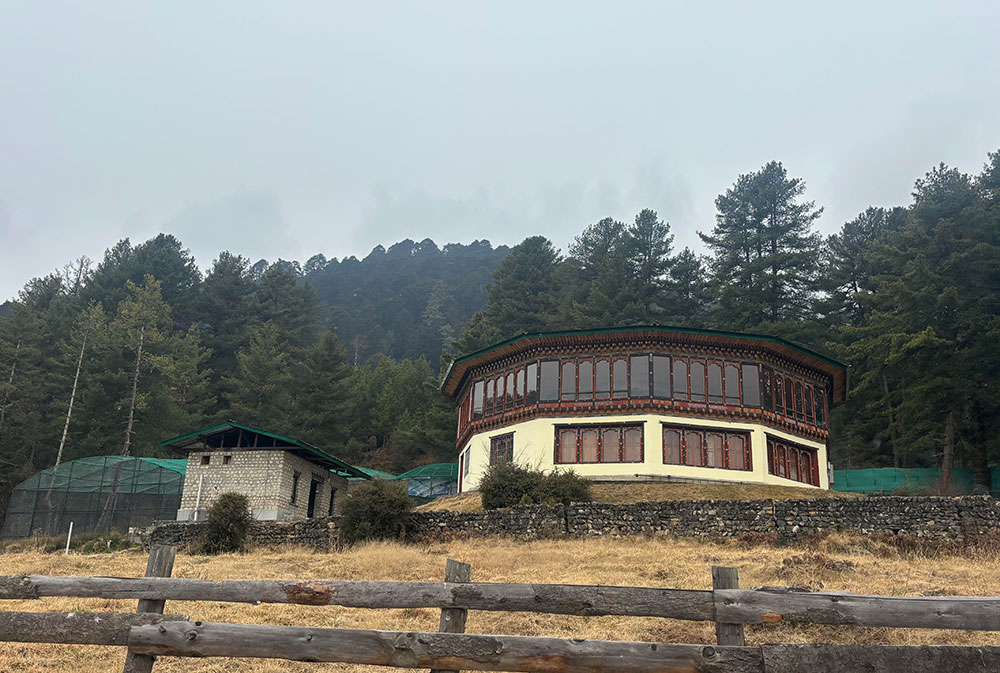Yangyel Lhaden
Since the country started welcoming international tourists after Covid-19, there has been a significant rise in visitors to the Black-necked crane education centre ( BNCEC) in Phobjikha.
Last year, over 18,000 visitors came to the BNCEC, which is eight times more than the 2,000 visitors in 2022. Between 2021 and 2022, during the Covid-19 pandemic, around 2,500 and 1,300 visitors visited the BNCEC, respectively.
The BNCEC was set up by the Royal Society for the Protection of Nature (RSPN) in 2001, and the RSPN has been dedicated to conserving the Black-necked crane since 1987.
Currently, the bird is categorised as ‘near threatened’ by the International Union for Conservation of Nature. This means there’s a risk it could become endangered soon.
At the BNCEC’s two-storey building, visitors can explore information displays about the region’s history, the black-necked cranes, and their connection to the local community. Moreover, there’s a panoramic room furnished with a high-power telescope, allowing visitors to observe the black-necked cranes in the wetlands during the winter.

Additionally, the BNCEC acts as a safe haven and sanctuary for treating injured cranes.
The main attractions at the BNCEC are two cranes named Karma and Pema, housed in the aviary. Karma, who injured her left wing, was brought to the center in 2016 after being found injured in the valley. Pema, a young crane, was rescued from a group of stray dogs in Langthel, Trongsa, and brought to the center in 2021.
A tour guide mentioned that many international tourists who come to Bhutan often visit Phobjikha to see the two cranes at the centre and observe cranes around the valley during the crane season. “Tourists also delight in observing various other bird species at the wetland and often engage in birdwatching early in the morning.”
He further noted that the Phobjikha-Gangtey valley is renowned among tourists for its abundant biodiversity and as a habitat for Black-necked cranes.
Tandin Wangchuk from Phobjikha expressed that the cranes have brought prosperity to their village through both local and international tourism. He mentioned that the villagers feel a close connection to the cranes, viewing them as old, loyal friends who always return. Wangchuk added, “We feel sad when the cranes leave and eagerly anticipate and rejoice when they return in winter.”
Last year, the country documented 677 black-necked cranes, including 133 juveniles, marking a 12 percent increase from 2022 when 599 black-necked cranes were recorded.
Phobjikha hosts the largest population of black-necked cranes during the winter. Last year, 612, including 106 juveniles, were recorded in the valley. Bomdeling in Trashiyangtse recorded 51, including five juveniles, Bumthang recorded four, and Khotokha recorded seven, including one juvenile.
The RSPN intends to temporarily close the BNCEC in the summer for renovation. An RSPN official said: “We plan to revitalise the center and create a more immersive experience for visitors.”


